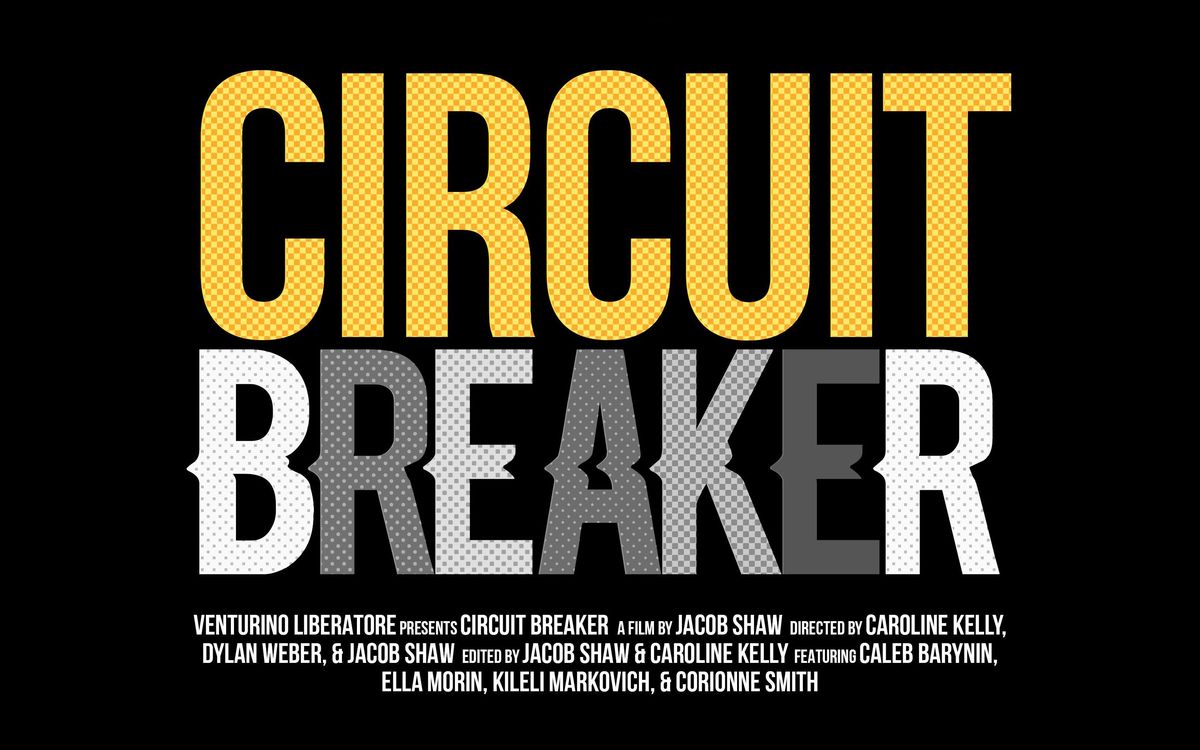

In the volatile world of financial markets, circuit breakers serve as essential safeguards to maintain stability during periods of extreme price fluctuations. These mechanisms temporarily halt trading to prevent panic selling and allow investors to reassess market conditions. Understanding where and how circuit breakers are most effective is crucial for traders, investors, and market regulators alike.
What Are Circuit Breakers?
Circuit breakers are regulatory measures implemented by stock exchanges to temporarily halt trading when a market index or individual security experiences a significant price decline within a short period. The primary purpose is to curb panic selling, provide time for information dissemination, and restore investor confidence. The first circuit breakers were introduced in the United States following the 1987 stock market crash, known as “Black Monday,” where the Dow Jones Industrial Average plummeted by 22.6% in a single day (Investopedia).
Where Are Circuit Breakers Most Effective?
1. Market-Wide Circuit Breakers
Market-wide circuit breakers are triggered when broad market indices, such as the S&P 500, experience significant declines. In the U.S., these are set at three levels:
- Level 1: A 7% decline triggers a 15-minute trading halt.
- Level 2: A 13% decline triggers another 15-minute halt.
- Level 3: A 20% decline halts trading for the remainder of the day (Investopedia).
These measures are effective in preventing market crashes by providing a cooling-off period during periods of excessive volatility. For instance, during the COVID-19 pandemic in March 2020, circuit breakers were triggered multiple times to stabilize the markets (MarketWatch).
2. Single-Stock Circuit Breakers
Single-stock circuit breakers, also known as Limit Up-Limit Down (LULD) mechanisms, are designed to prevent extreme price movements in individual securities. These are particularly effective in curbing excessive volatility in specific stocks, ensuring that no single security can cause disproportionate market disruptions. For example, if a stock’s price moves beyond a predetermined percentage threshold within a short time frame, trading in that stock is paused to allow for information dissemination and prevent erratic price swings (Investor).
Comparing Market-Wide and Single-Stock Circuit Breakers
| Aspect | Market-Wide Circuit Breakers | Single-Stock Circuit Breakers (LULD) |
|---|---|---|
| Scope | Applies to the entire market | Applies to individual securities |
| Purpose | Prevents systemic crashes | Prevents erratic price movements |
| Trigger Mechanism | Based on index declines | Based on individual stock price changes |
| Duration of Halt | 15 minutes or until market close | Typically 5 minutes |
| Frequency of Use | Less frequent | More frequent |
Both mechanisms play vital roles in maintaining market stability, but their effectiveness depends on the context and the specific market conditions.
Best Practices for Implementing Circuit Breakers
1. Tailoring Thresholds to Market Conditions
It’s essential to adjust circuit breaker thresholds based on current market volatility and historical data. Fixed thresholds may not be effective during periods of heightened market activity. Dynamic thresholds that consider recent market trends can enhance the responsiveness of circuit breakers.
2. Integrating with Other Risk Management Tools
Circuit breakers should be part of a comprehensive risk management strategy that includes other tools such as stop-loss orders, margin requirements, and liquidity assessments. This integrated approach ensures a more robust defense against market disruptions.
3. Continuous Monitoring and Evaluation
Regularly assess the performance of circuit breakers to ensure they are functioning as intended. This includes analyzing their impact on market stability, liquidity, and investor behavior. Adjustments should be made based on these evaluations to improve effectiveness.
Frequently Asked Questions (FAQs)
Q1: How do circuit breakers differ from stop-loss orders?
Circuit breakers are regulatory measures that halt trading across the market or in specific securities when significant price declines occur. Stop-loss orders are instructions given by investors to sell a security when its price falls to a certain level, aiming to limit potential losses. While both tools aim to mitigate losses, circuit breakers are automatic and apply to all market participants, whereas stop-loss orders are individual decisions.
Q2: Can circuit breakers prevent all market crashes?
While circuit breakers can help prevent panic-induced market crashes by providing time for information dissemination and decision-making, they cannot eliminate all risks. Systemic issues, such as financial crises or geopolitical events, can still lead to significant market downturns despite the presence of circuit breakers.
Q3: How often are circuit breakers triggered?
The frequency of circuit breaker activation varies depending on market conditions. In the U.S., market-wide circuit breakers have been triggered several times during periods of extreme volatility, such as the COVID-19 pandemic in 2020. Single-stock circuit breakers are triggered more frequently, especially in high-volatility stocks.
Conclusion
Circuit breakers are vital tools in maintaining the stability and integrity of financial markets. By understanding where and how they are most effective, market participants can better navigate periods of volatility. Implementing tailored thresholds, integrating with other risk management strategies, and continuously evaluating their performance can enhance the effectiveness of circuit breakers in preventing market crashes.
Share Your Thoughts
Have you experienced the impact of circuit breakers during market downturns? Share your insights and experiences in the comments below. Feel free to share this article with colleagues and peers to foster a deeper understanding of circuit breakers and their role in market stability.